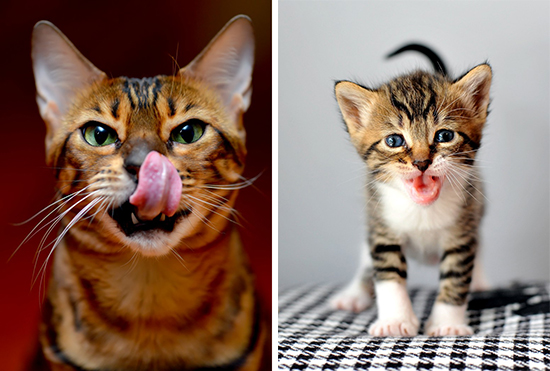
It’s been a while since the last installment in our Cat Photograpy Q&A series. This time we hear from Bay-area pet photographer Josh Norem, The Furrtographer. Josh started his photography practice by volunteering his skills at local animal shelters, and has since refined his technique to create stunning photos that capture each animal beautifully. Here are Josh’s comments along with some of his cat photos that are sure to melt your heart!
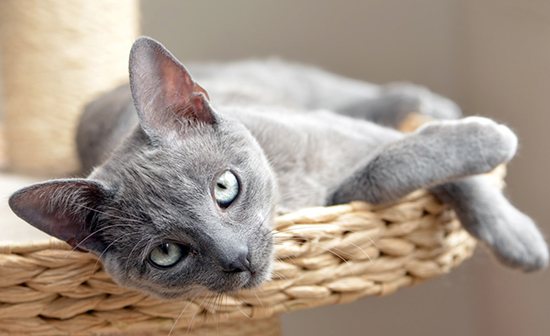
How long have you been photographing pets and how did you get started?
I’ve been photographing pets for about ten years, but professionally for two years. I got started by taking photos of cats for a local rescue, and it just grew from there. I have been heavily involved in rescue for many years, and when I got into photography it seemed like a natural fit since I’m a “crazy cat lady.” I still photograph shelter cats as it is a great way to help cats, and I just love doing it. I have two blind cats of my own and have been taking their pictures for many, many years, so they have more pictures than most cats on the planet at this point.
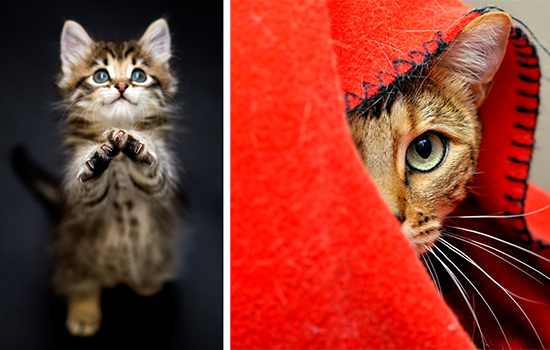
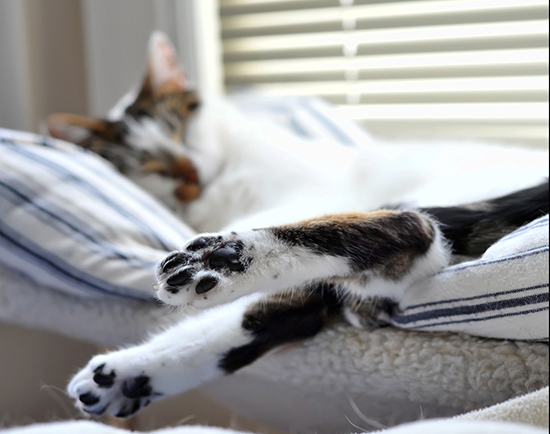
What kind of pet photography do you do? Do you have a specialty?
My specialty is intimate portraits of pets. If there’s one “style” I have it’s very tight portraits of a cat’s face. I love looking at their eyes, whiskers, and soulful expressions. They are just such beautiful creatures, and I really love being able to show that with my camera.
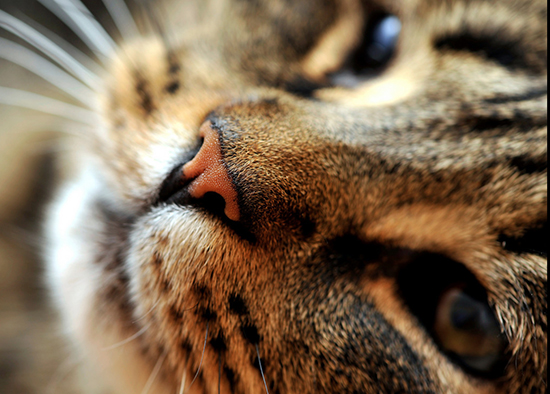
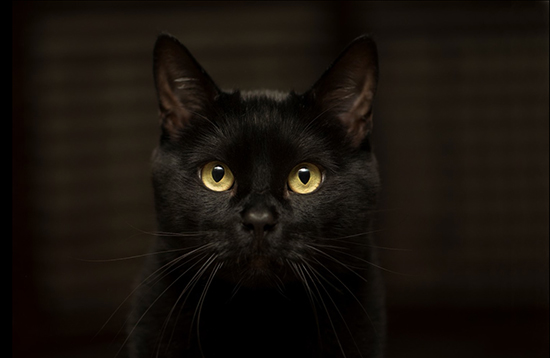
Do you do anything special to prepare for a photo shoot with a cat?
Other than packing up my gear I just have to hope the cat is in a good mood. I have had a few cancelled shoots due to shy or timid cats, and unlike dogs cats really usually force you to work around their schedule. They are not motivated by treats or squeaky toys the way dogs are, so the one piece of equipment I rely on the most for a cat shoot is patience. If the cat is annoyed or scared of strangers, there’s very little chance of creating a good photo, so I just have to wait, make sure they know I’m friendly, and hope they relax a bit. Most cats will usually loosen up a bit after a short period of calm. I like to think of myself as a Cat Whisperer, so usually I can get a cat to feel comfortable with me, but it’s never guaranteed.
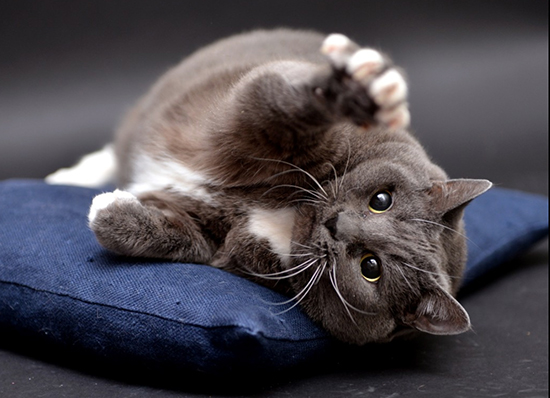
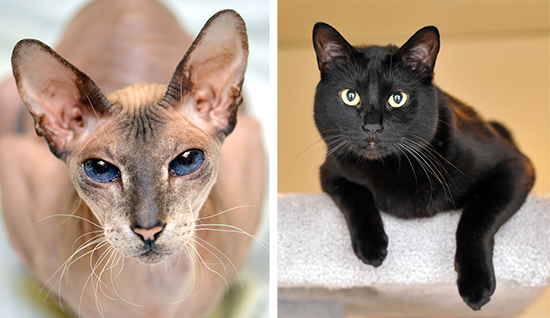
What was the most challenging cat photo shoot you have done? Any funny stories?
I had one shoot on a day where it was raining, and the client had a wind turbine type thing on his roof that had been knocked loose due to wind, so it was banging repeatedly on its outer shell making a lot of noise. Of course, both cats were terrified of the noise, and there was no way to go up there on the roof in the middle of the storm and get it to stop. So we had to wait awhile, then we finally dragged the cats out from under the bed, petted them both for about 20 minutes or so, and just did the shoot on top of the bed. The second cat had to be in his owner’s lap the whole time, but I got some great shots of him with his owner. Putting people into the photo always adds an emotional element, so I was very happy with the way it worked out! I also photograph a lot of scared shelter cats, so that’s always a challenge.
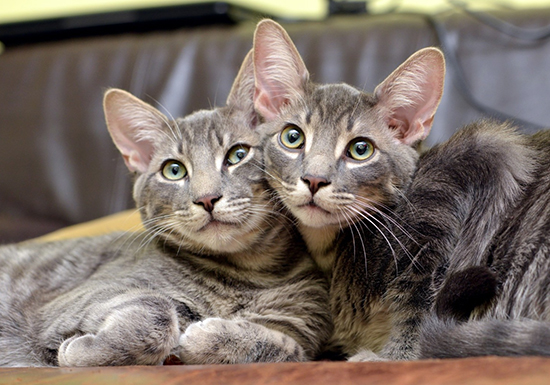
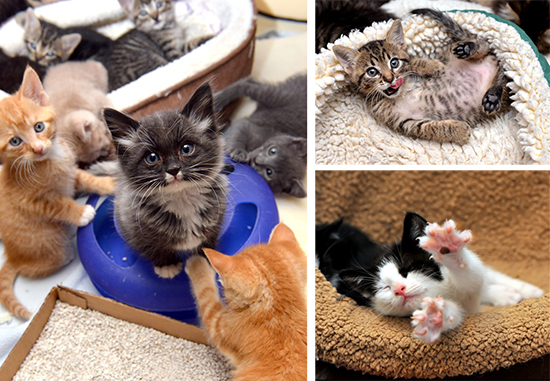
Do you have any tips for readers about how to take great photos of their cats?
Pay attention to where the light is coming from, whether it’s a light bulb or the sun through the window, and have them look at that light source for the best light. If it’s sun coming through the window, just have them look toward the window (squeaky toys or treat bags work well to catch their stare), but if it’s indoors with just a light have them look up a tiny bit in order to get the light to really reflect in their eyes. When the light hits their eyes you get those small “catchlights” in their eyes that are critical to any portrait. Without that tiny bit of reflected light, the eyes tend to look somewhat lifeless. Following on that tip, always focus on the eyes. If you can select the focus point on your camera, do that and move it to the cat’s eyes. A lot of cameras that use auto-focus will focus based on what’s closest to the camera, which is usually the cat’s nose, so if the nose is in focus but the eyes aren’t that won’t be a very attractive photo. I always focus on the eyes, and make sure they are in good light. If you can do that, and try to have an uncluttered background, you are very close to making a great photo.
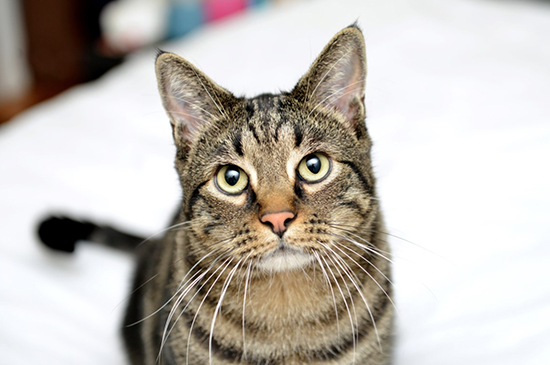
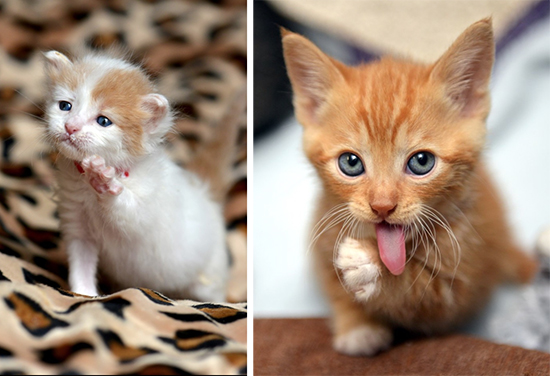
For the more technically inclined readers, can you please tell us what equipment you use? (camera, lens, lighting, filters, etc.)
I use a Nikon D800 as a primary camera with a D700 for backup. My main lenses are the Nikon 24-70 f/2.8G and the Nikon 105mm f/2.8G VR. For timid cats I’ll pull out the 70-200mm f/2.8 but it’s rarely necessary. I typically shoot in aperture priority close to wide-open, with an SB-910 speedlight bounced off the ceiling for indoor photos. I use single-point auto-focus so I can move the focus point wherever I like.
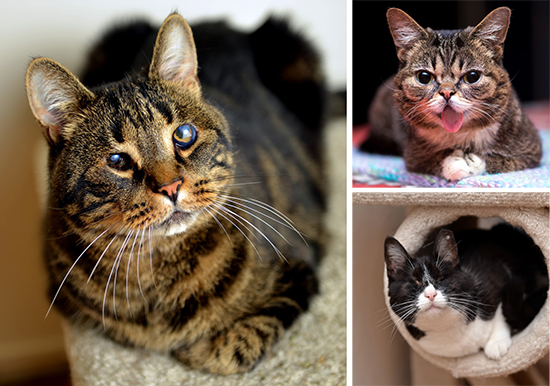
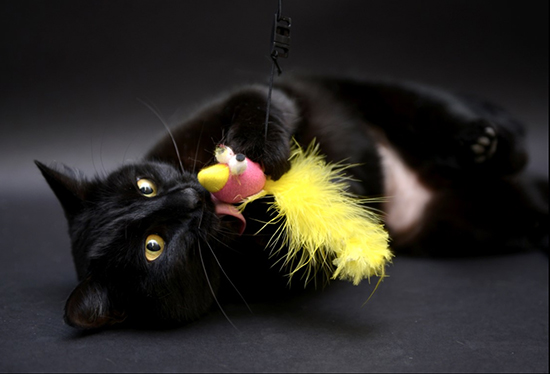
Organizations that Josh volunteers for include:
For more information about Josh, please visit his website TheFurrtographer.com or follow him on Facebook.

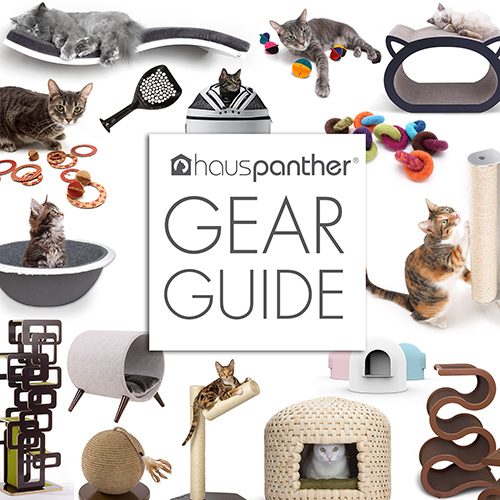
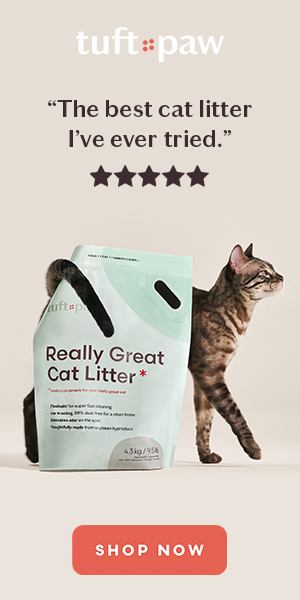
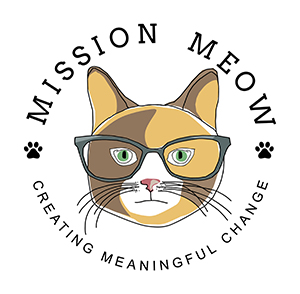

Beautiful photos! He sure speaks ‘cat!’
Thanks Ruth – I certainly do! 🙂
Stellar photos and tips — and nice to see those famous faces in and among the gallery of gorgeous, irresistible charmers!
Thanks – I have been lucky to be in proximity to stardom a few times!
Thank you so much. I don’t have the fancy equipment and we’re nowhere near you so I don’t know how we will every get photos as nice as yours, but will keep,snapping photos and maybe one that’s acceptable. You do great work.
Gear helps but the best “trick” to learning is to practice, practice, and more practice! Just keep shooting and see how it looks, then try to learn from your mistakes. I still take a lot of bad photos but thankfully I get some good ones too to even it out.
Great interview. Josh’s photography is awesome due to his command of light and the trust that he builds with his subjects. Learning a lot from The Furrtographer.
Thanks so much for your comment – I appreciate it!